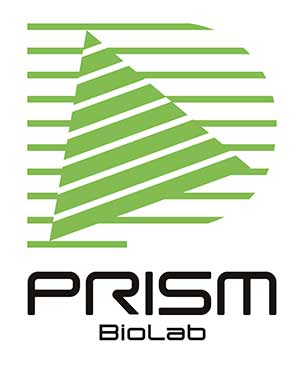Published on: July 25, 2024
Aspirin is now known as a covalent modifier of COX-2 through acetylation of Ser530. 1), 2) Since the advent of aspirin in 1899, covalent inhibitors have occupied meaningful range of new drugs. Penicillin, Fluorouracil, Omeprazol, Bortezomib and more covalent drugs have been developed in over 120 years. Even though covalent inhibitors possesses both advantages and disadvantages compared to non-covalent ones, it is still an intense technology to give birth to a candidate in drug discovery.
There was a special issue in Pharmaceuticals in the early 2023 3) and a recent update on medicinal chemistry of reversible covalent drugs in the same year. 4) According to these reviews, a couple of covalent drugs have been incessantly appeared on the market almost every year. 5) KRAS G12C inhibitor, sotorasib for lung cancer treatment is one of the most recent and well-known covalent inhibitors approved by FDA in 2021. During 2012 to 2021, 63% of the therapeutic indications of covalent drugs targeted cancer treatment and the 26% were for infections especially aiming for antibiotic usage. 6)
The significance of covalent bond inhibitor is that it has different nature from non-covalent drugs. Covalent bond formation endows higher potency, longer duration of action, lower risk of drug resistance and overall, less sensitivity on PK parameters. Potentially it leads to lower doses, higher selectivity and targeting undruggables as well.
However, covalent inhibitors require electrophilic group amenable to nucleophilic addition of a thiol or an amine. It may cause unexpected response like toxicity, hypersensitivity and immunogenicity. Irreversible covalent inhibitors are, in principle, not suitable for the inhibition of essential enzymes because they completely stop the activity of the target and its function would only be recovered when it is resynthesized in our body.
Thus, noncovalent drugs are more effective for modulation of essential target proteins. Reversible covalent inhibitors provide an opportunity to control the activity of the target but fine tuning is required to obtain a reasonable therapeutic index.
Reversible covalent inhibition is relatively novel strategy of drug discovery and development and the advance in these days are simply summarized in a review. 4) Reversible covalent inhibitor is theoretically eliminated from the off-target interaction by tuning the rate of kon and koff between the targete and off-target proteins. It also enables the recovery of the target protein and essential proteins would become probable targets.
Saxagliptin (DPP-4 inhibitor), bortezomib (proteasome inhibitor) and nirmatrelvir (SARS-CoV-2 main protease inhibitor) are the representative examples. Nitriles, aldehydes, boronic acids and other chemical structures have been applied as reversible functional groups. Reversible covalent therapeutics are relatively new compared to irreversible ones. There are still challenges for fine tuning of the molecule structure but this technology could have a synergy with other drug discovery strategies including targeting PPIs.
PepMetics molecules substantially have flexibility on their substituents and it is easy to incorporate a covalent-bonding functionality. Our molecules readily match well with functional group-based technology like this. Merge of two or more of technologies opens up great possibility of novel drug discovery. We are always open to everyone for discussion to figure out a smart, swift and sophisticated approach for drug discovery. I’d appreciate it if you contact us for collaboration.
1) https://doi.org/10.1021/jm0613166
2) https://doi.org/10.1073/pnas.72.8.3073
3) https://doi.org/10.3390/ph17020206
4) https://doi.org/10.1007%2Fs00044-023-03065-3
5) https://doi.org/10.3390/ph16050663
6) https://doi.org/10.3390/ph15121478

